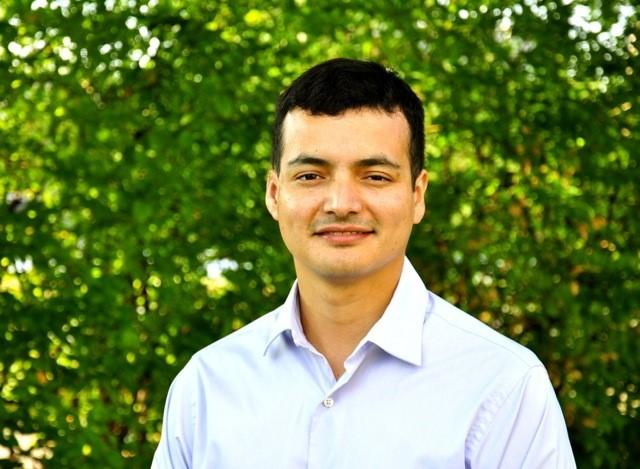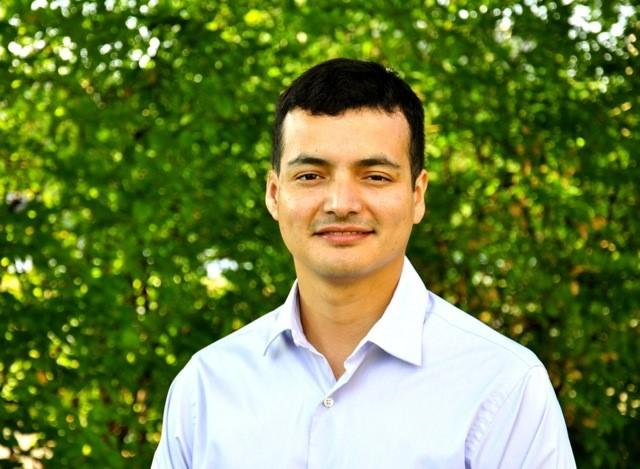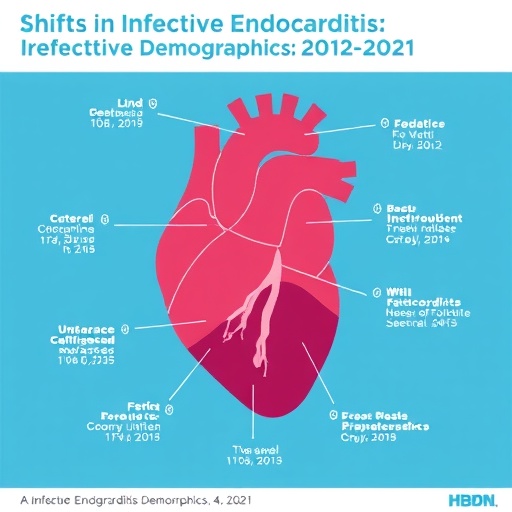
Credit: Rotman School
Equal subsidies "surprisingly powerful," in promoting use of gold-standard medications, new study shows.
Toronto – Gonzalo Romero shocked himself when his doctoral research in 2013 showed that under some conditions giving pharmaceutical companies identical subsidies was the best way to get the most current disease-fighting treatments into the hands of consumers who needed them.
His results challenged his original theory that varying those subsidies by company performance was always the optimal approach. But that's hard to administer in the real world, which is why international aid groups promoting gold-standard anti-malarial treatments subsidize each company equally. The goal is to reduce the price consumers ultimately pay, encouraging more of them to choose the most effective drugs.
While in general equal subsidies are still somewhat inefficient, that compromise is not as bad as it might seem, according to Prof. Romero's most recent work. Even under the worst theoretical conditions, an equal subsidy policy still gets at least half the treatments out the door. Under more benevolent conditions played out by Dr. Romero and his co-researchers the approach may hit 85 percent or better of the maximum possible number of drug treatments under a company-dependent subsidy policy.
"There's this notion that you could do much better with additional information about the companies' performance," says Romero, an assistant professor of operations management and statistics at the University of Toronto's Rotman School of Management. "But in the practical world, there's not much more to gain."
His research was inspired by efforts to encourage people to buy Artemisinin combination therapies (ACT), now the treatment of choice for the most common and deadly form of malaria. Those drugs, however, are several times more expensive than older treatments that have become ineffective due to parasitic resistance. Most people must buy their medications themselves in many countries affected by malaria.
An international public-private funding program was launched in 2010 to speed up the adoption of ACT in selected countries by giving equal subsidies to both large, multinational and smaller, more local pharmaceutical companies.
This study's results should ease international funders' concerns about how to tweak their policies to further boost consumer consumption under the current approach, Prof. Romero says. The results are also applicable to policies promoting other products with high social benefit, such as vaccines.
"What we're saying is, 'Keep doing what you're doing in terms of subsidy design. You're getting all the practical benefits of an equal subsidy policy, and what's left on the table is not too much, so don't worry about it,'" says Dr. Romero. "Focus your efforts on other problems including the last-mile distribution of the treatments."
The study was co-authored by Retsef Levi and Georgia Perakis, both of the Massachusetts Institute of Technology's Sloan School of Management.
It will be published in Operations Research.
###
For the latest thinking on business, management and economics from the Rotman School of Management, visit http://www.rotman.utoronto.ca/FacultyAndResearch/Research/NewThinking
The Rotman School of Management is part of the University of Toronto, a global centre of research and teaching excellence at the heart of Canada's commercial capital. Rotman is a catalyst for transformative learning, insights and public engagement, bringing together diverse views and initiatives around a defining purpose: to create value for business and society. For more information, visit http://www.rotman.utoronto.ca
For more information:
Ken McGuffin
Manager, Media Relations
Rotman School of Management
University of Toronto
Voice 416.946.3818
E-mail [email protected]
Media Contact
Ken McGuffin
[email protected]
@rotmanschool
http://www.rotman.utoronto.ca
Original Source
http://www.rotman.utoronto.ca/Connect/MediaCentre/NewsReleases/20180508





